Explore the Creative Possibilities of Layering Photos to Create Surreal Images
What are Double-Exposures?
Double exposure is a technique in photography that involves layering two or more images on top of each other to create a unique and often surreal visual effect. This technique has been used by photographers for decades and has gained popularity in recent years thanks to the ease with which it can be achieved digitally.
In this article, we will provide tips and techniques for creating your own double-exposure images. Whether you are a seasoned photographer or just getting started, this article will provide you with the knowledge and inspiration you need to create stunning double-exposure photos. So let’s dive in and discover the magic of double exposure!
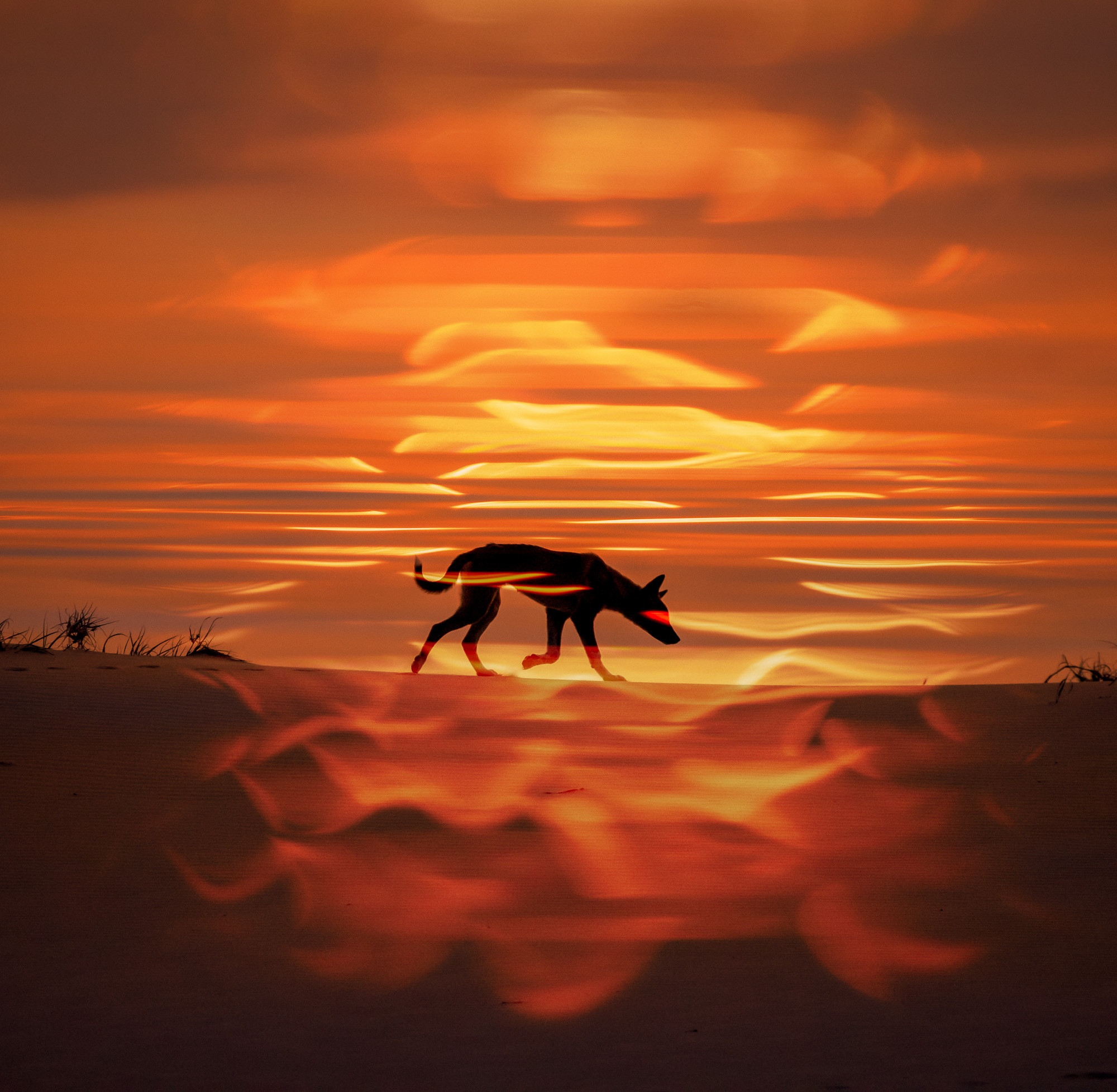
What are the advantages of Double-Exposures?
There are several advantages to using double exposure in photography:
- Creativity: Double exposure allows photographers to layer multiple images together, resulting in a one-of-a-kind look that can be quite striking and visually interesting.
- Depth: By layering images, the double exposure can add depth and dimensionality to a photograph, making it appear more 3-dimensional and dynamic.
- Storytelling: Double exposure can be used to tell a story or convey a message in a unique and creative way. By combining two or more images, photographers can create a narrative or meaning that goes beyond what either image could convey on its own.
- Emotional impact: Double exposure can also be used to create a sense of emotion or atmosphere in a photograph. By layering images, photographers can create a mood or atmosphere that adds impact and meaning to the final image.
- Experimentation: Double exposure is a great technique for photographers who want to experiment and try something new. It allows for a lot of flexibility and creativity and can be a lot of fun to play around with.
- Improving composition: By layering two images together, the double exposure can help photographers to create more balanced and visually appealing compositions.
- Enhancing contrast: Double exposure can be used to enhance the contrast between light and dark areas in a photograph, creating a more dynamic and striking image.
Double exposure can also be lots of fun, as well as artistic and creative, but best of all, it can be challenging. Chances are most of us have never actually tried this technique before.
As they are so creative and artistic, the final prints can make great gifts, perfect for the holiday season.
Tips for creating double exposure images.
- Use in-camera (depending on camera made or model) or post-processing software (like Photoshop) to create double exposures
- Choose high contrast main (background) image and second image that works well together and tells a story
- Edit both images in Photoshop, try different blend modes and opacity, move and resize overlay image
- Use layer mask or eraser brush to remove distracting elements from overlay image and clone tool to add supporting elements
- Try different overlay images to find the best fit
- Experiment with editing techniques to find the right balance between the background and overlay images
Remember that the ultimate goal with a double exposure image is to create a surreal or dreamlike quality in your photograph by carefully choosing and editing both the background and overlay images to create a cohesive and visually striking final image.
How can you make your images more artistic?
Try using different overlay images to find the one that works best with your background image to tell a compelling story.
Perhaps a more overall landscape as your background and then some close-up details as your overlay?
Photo BootCamp Magazine
Let’s have a look at what our BootCamp members have created with their double exposure shots.
And be sure to check out how you can join BootCamp at the end of the magazine!
Below is a small sample of what’s in this magazine…
JOIN BRENT ON SAFARI
Join Brent and a small group of friendly photographers in Africa for a once-in-a-lifetime experience!
Inside BootCamp Magazine
Featured Artist
Let’s take a look at this month’s magazine. Here is our featured artist of the month, James Herrick, from Canada.
After playing fetch with Tex – a Border Collie / Chocolate Lab cross – in the yard in mid-October -and taking a lot of photos – he brought him back inside to cool down. He “found” a resting spot beside the basement couch. It was a great place to catch him in natural light with a mostly consistent background. He fixed the couch as much as he dared, while still having it look like a normal place for Tex to lie down. The two images used for the overlays are from the play session. It’s his way of showing what he might be wishing he could be doing! In reality, he will keep chasing his disc to the point of exhaustion if allowed. The background shot was 1/60s, f/4.0 while the outdoor overlays were 1/1000s and f/5.6 and f/7.1 respectively.
Comment: Sig Rannem – “James, this is a great representation of the dreams in a dog’s mind. You have captured it beautifully – well done!”
Cover Images
This month’s featured magazine cover image is composed of three images.
First image is from Brent Mail from Australia. Shot on the last day at his favourite spot where he got to finally hang with ‘his’ teenage dingos which has not seen in 4 months since they left the den, and NSW National Parks closed access to this site. He has just gone through about a dozen images to see which work the best together and he really, really like this combination. Background silhouette shot at sunset and then overlayed another sunset reflection abstract taken on the lake a few months ago – not far from the main image. Blended using ‘hard light’ blend mode. He just loves this combination – especially how the abstract reflections intersect the dingo’s eye which he enhanced even more in Lr.
Comment: Greg Skehan – “Very ethereal image Brent. Amazing colour and I am not at all surprised that your beloved dingoes had to feature in this challenge. I love the contrast of the dreamy effect below the horizon and the contrast of this with the sharp silhouette of the dingo. The image makes me think about the path of uncertainty that face much of our native Australian animals as the dingo is looking into seriously worrying times. This would make a great book cover!!”
Comment: Kerrie Clarke – “Hi Peter… Oh my…this is just stunning! your background silhouette sunset is so, so beautiful, and coupled with the Zebras, makes for a super beautiful image. I am so happy to see your creativity is growing with every image! Love it…super well done!!”
Comment: Richard Hutson – “Eugene, This is a beautiful creation. The Cape Buffalo appears to be moving with great intent. Good thing you had a 600mm lens.!”
Active Members
Let’s take a look at some of awesome macro images our BootCamp members have created.
We’ll start with Kerrie Clarke from Australia. So excited about the seemingly endless creativity that we can explore for this challenge. For this image, her background shot was quite dark, and she used screen blend mode to blend in the foliage. She got carried away with the foliage, so added more layers of it.
Comment: Denis O’Byrne – “Hi Kerrie. Very nice pierce of work from the composition to the blending. I like the way the face is framed overall and within that the right eye is framed and draws you in. Good work. Print and Frame.”
Next, we have Laura Griffiths from South Africa. Started with a composite of a bird. She shot 2 days ago flying across my garden and ‘planted it’ over the Chobe River at sunrise [to follow Brent’s example], it’s purposely improbable but then again this is about art and or fun is it not….but then she got carried away with other photos so have decided to post this one first. It’s a mirror-clad building she shot while walking around Toronto a few weeks back mirrored City Hall, so she decided to add her grandson’s face to the building. Their trip was all about visiting family in Ireland, England, and Canada so she got to take lots of grandchildren pics and this is the final result of the exercise. No settings were added. Also, she selected the subject out of its background rather than have it muddy the background/base photo in this instance and she used the soft light overlay in PS.
Comment: Lynton Stacey – “Laura, I love it! What a great way to display family portraits. The method that you used has worked so well that it doesn’t really look like a double exposure. Well done.”
Lynton Stacey from Australia is next. His image is entitled “Slippery Slope.” The background image was taken during a visit to Coffs Harbour, and he added in the motor bile and rider from a panning shot taken in front of my house. The image of the rider was flipped and tilted to give the impression of riding the wave. A little extra spray was added coming off the back wheel and blending to merge the bottom of the wheels with the sea.
Comment: Laima Ratajczak – “What a cool image and I like the black and white as it really creates atmosphere. Well done, another great composition.”
Then we have Nick Ellis from Australia. Looking at the eclipse the other night he had an idea of using the moon in this challenge. That idea didn’t quite work and then he thought of dandelion.
Comment: Romy Villanueva – “Hi Nick, excellent idea, perfectly executed. You’re one of those lucky ones who witnessed the eclipse and captured the moment in a photo. Well done!”
And next we have Ron du Bois from Great Britain. He was a bit late in getting up to speed so please excuse this quirky, second image, which so soon after his first. An icy lake in Reykjavik, with birds and interlopers.
Comment: Laura Griffiths – “Ron, I love your sense of humour. Yes Richard is right, I too hope the elephants don’t freeze. Seriously though you’ve blended the scenes together so well they really do look as though they might very well belong there (if we didn’t know better…)”
And next, we have Dave Koh from Singapore. He was trying hard to play around on PS and struggling to find a good combination but was not easy especially 1st time doing it. He will try again in the future while he is learning how to do a better one next time. This double image is of a Black-winged kite, one stationary and another in flight.
Summary
- Double exposure is a creative technique that allows photographers to layer two or more images together, creating a unique and visually striking effect.
- By layering images, the double exposure can add depth and dimensionality to a photograph.
- Storytelling: Double exposure can be used to tell a story or convey a message in a unique and creative way.
- Double exposure can also be used to create a sense of emotion or atmosphere in a photograph.
- By layering two images together, the double exposure can help photographers to create more balanced and visually appealing compositions.
- Either working in-camera or using post-processing software (like Photoshop) to blend the images together.
- Choose a scene that has a high contrast for your main (background) image.
- Choose a second image to use as your overlay. Use something that works together to tell a story, but that also works well together.
- Choose images that work well together.
Related Articles
Did you enjoy this article? Check out these related articles, too:
- Photographing Traditions
Photographing different cultural traditions around the world. - Fine Art Nature Photography Tips
Eugene Brannan Shares His Fine Art Nature Editing Secrets - Capturing Playful Moments And Memories
Learn how you can make your images more playful and engaging.
Do This Now
Please leave me a comment below – I’d love to know what you think. Brent


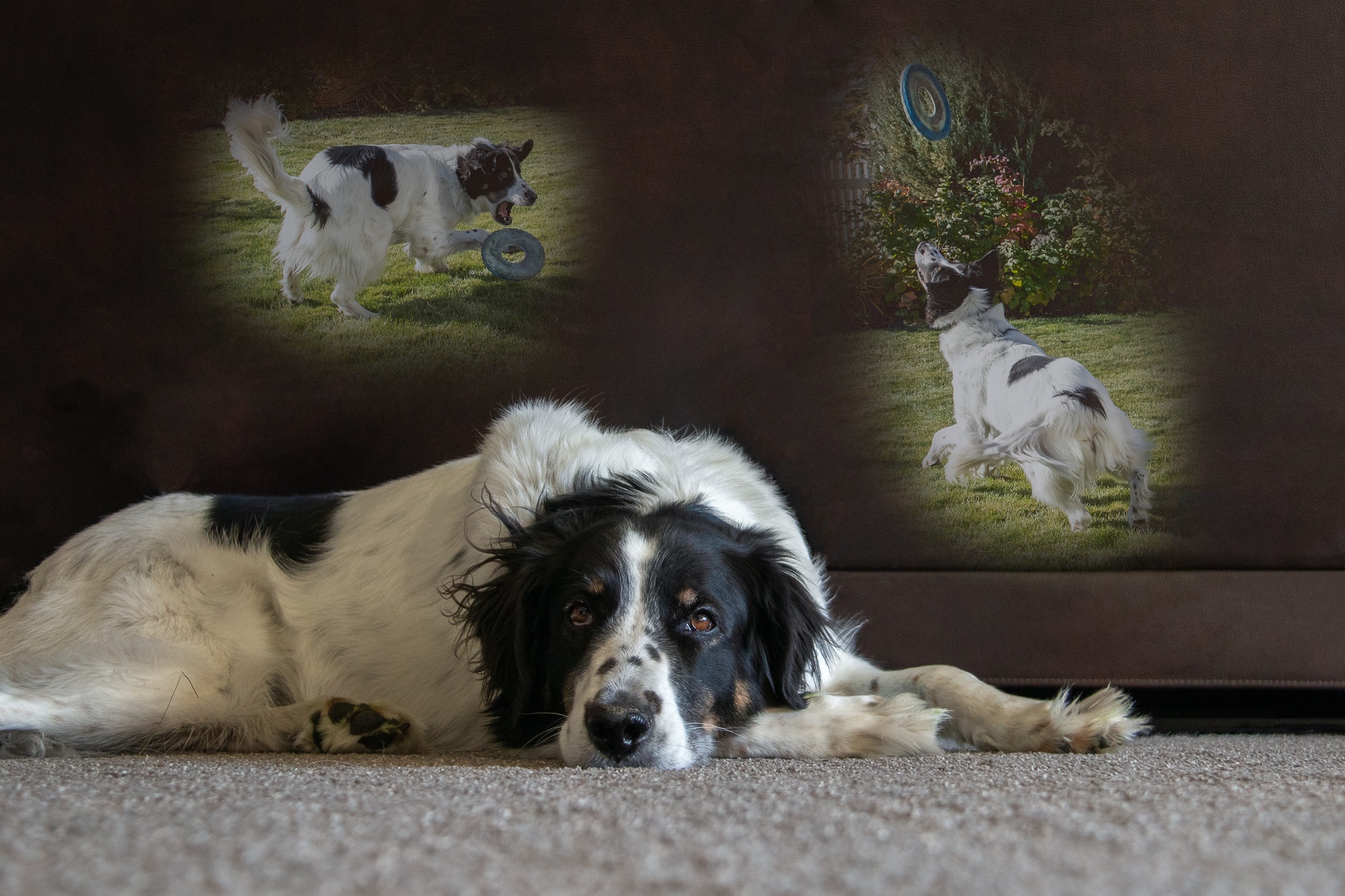
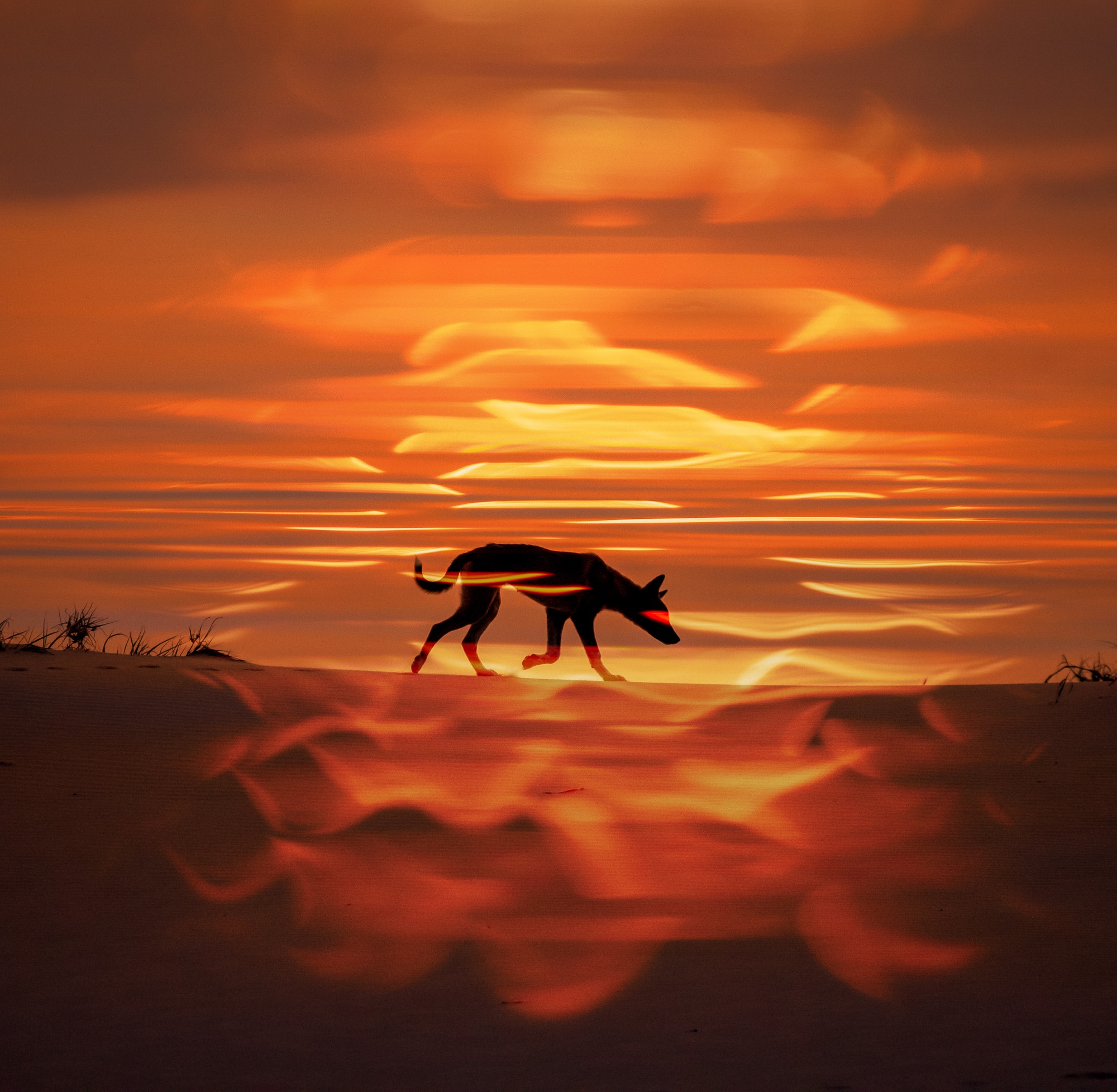
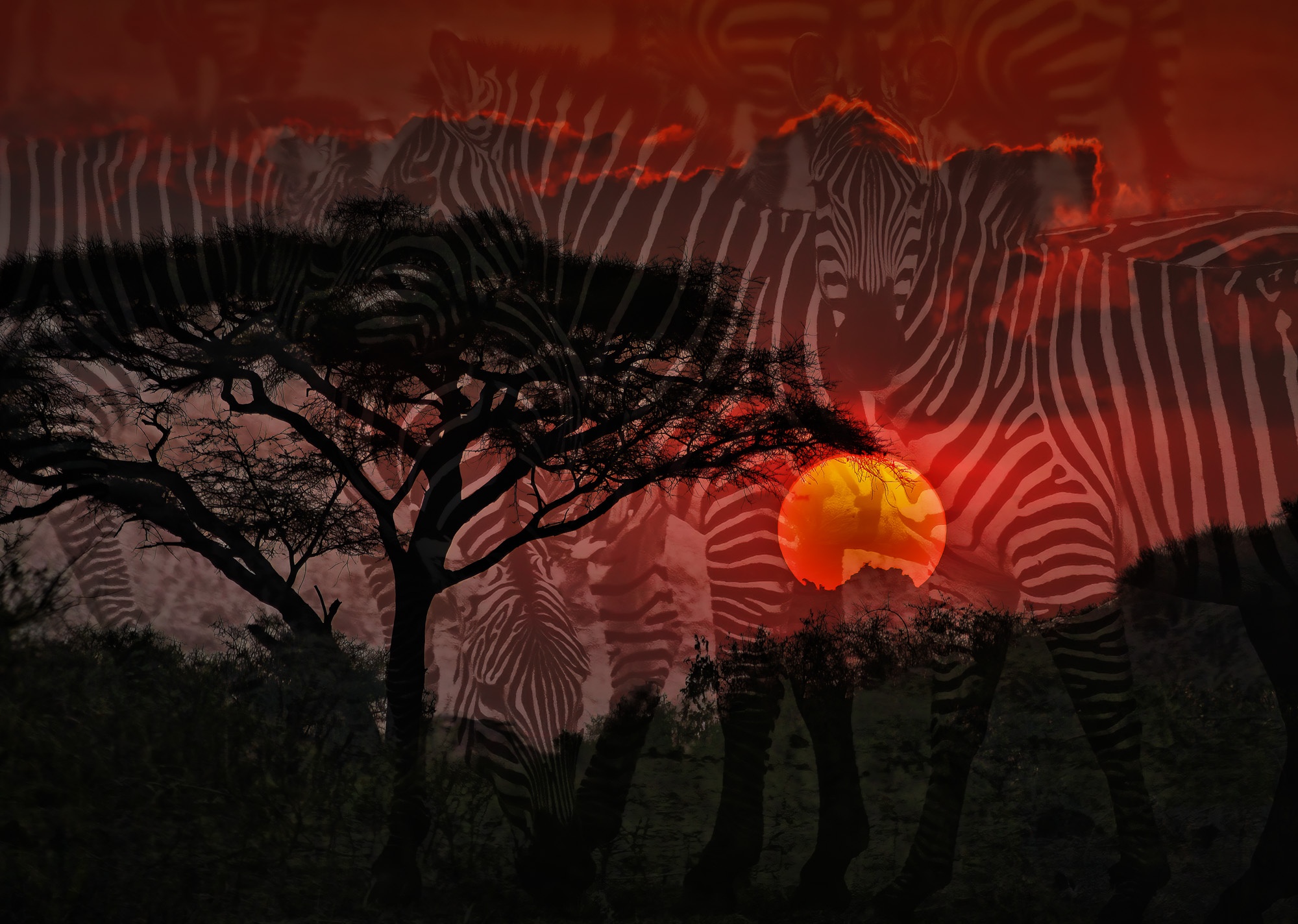
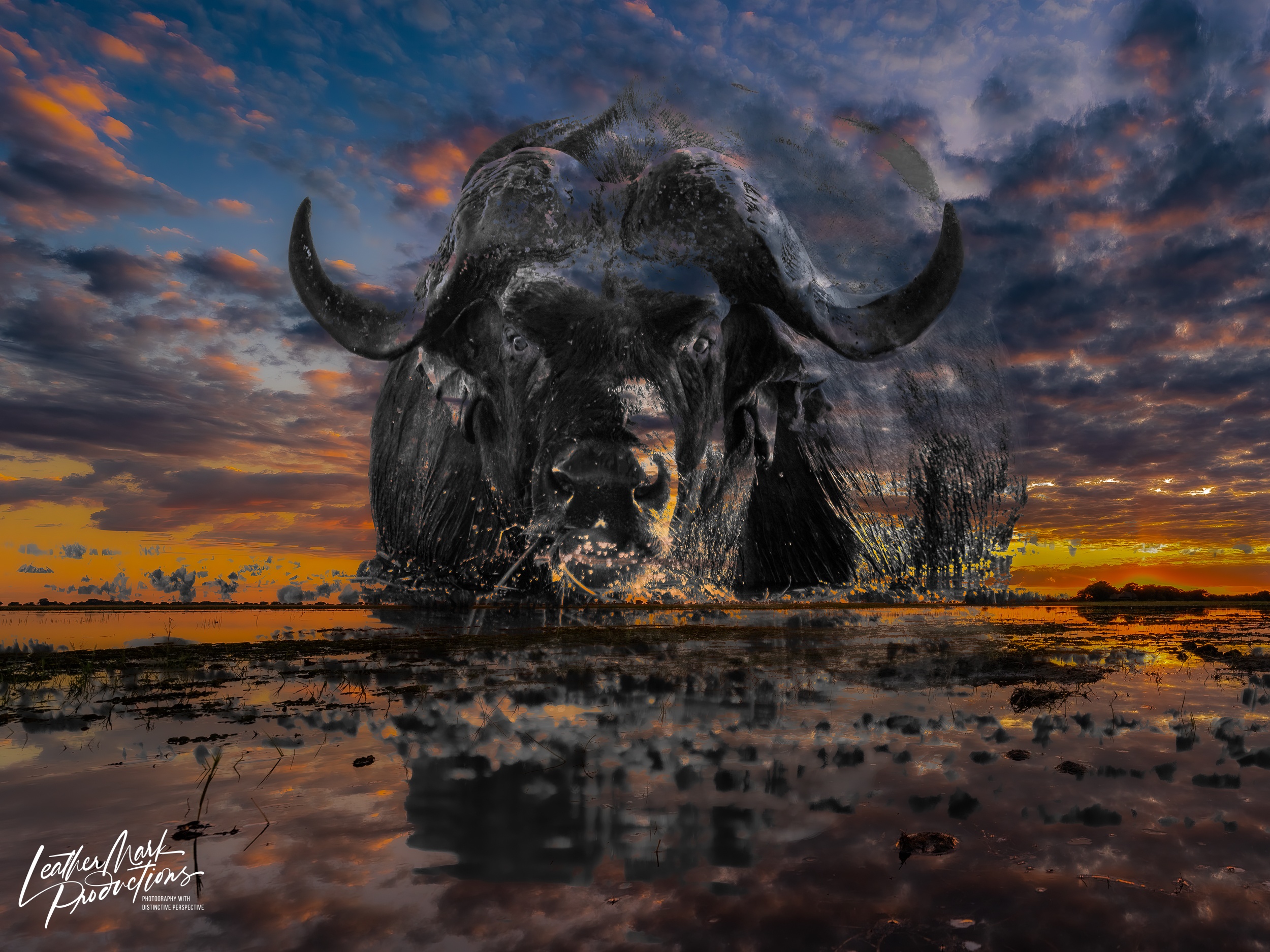
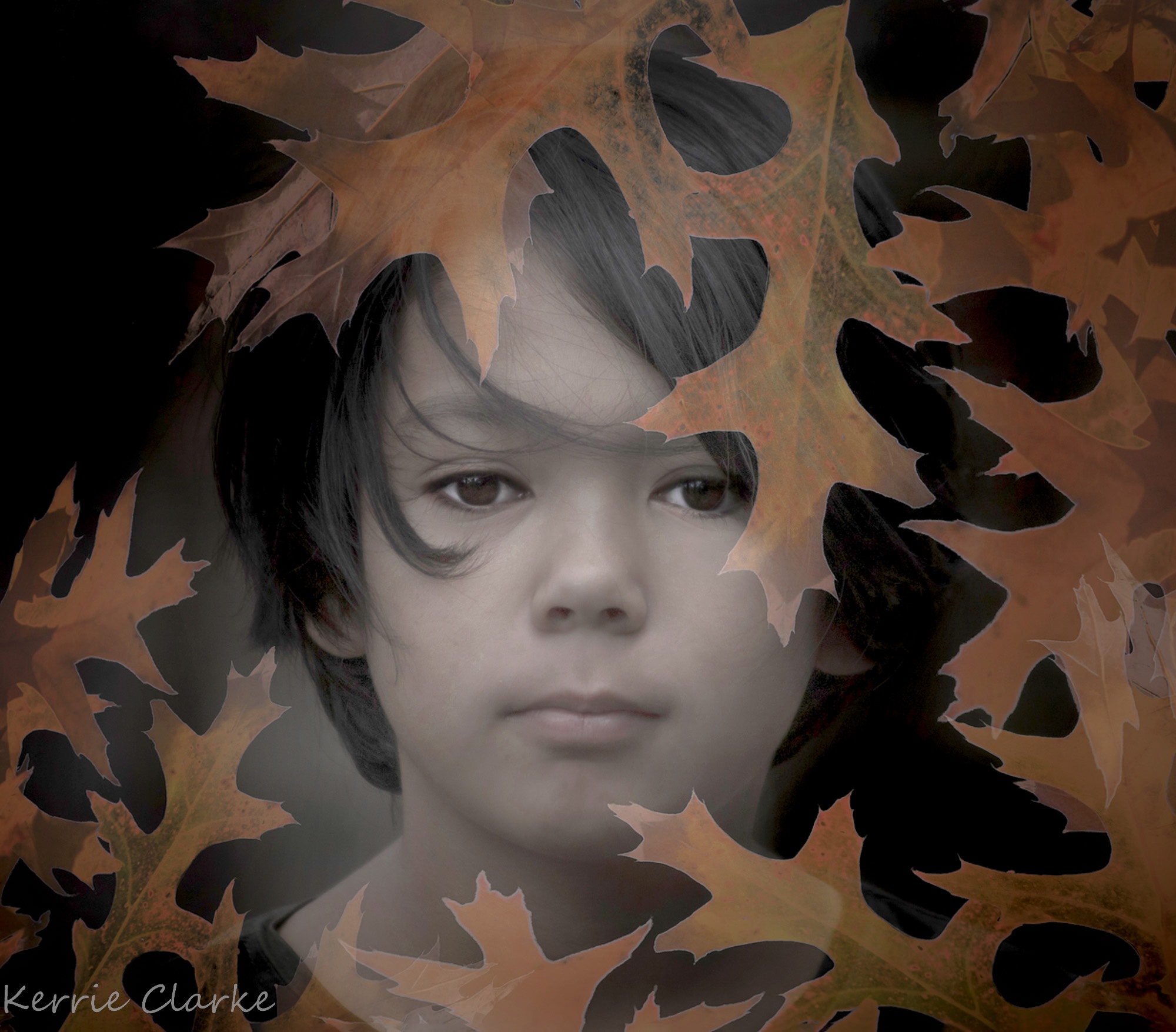




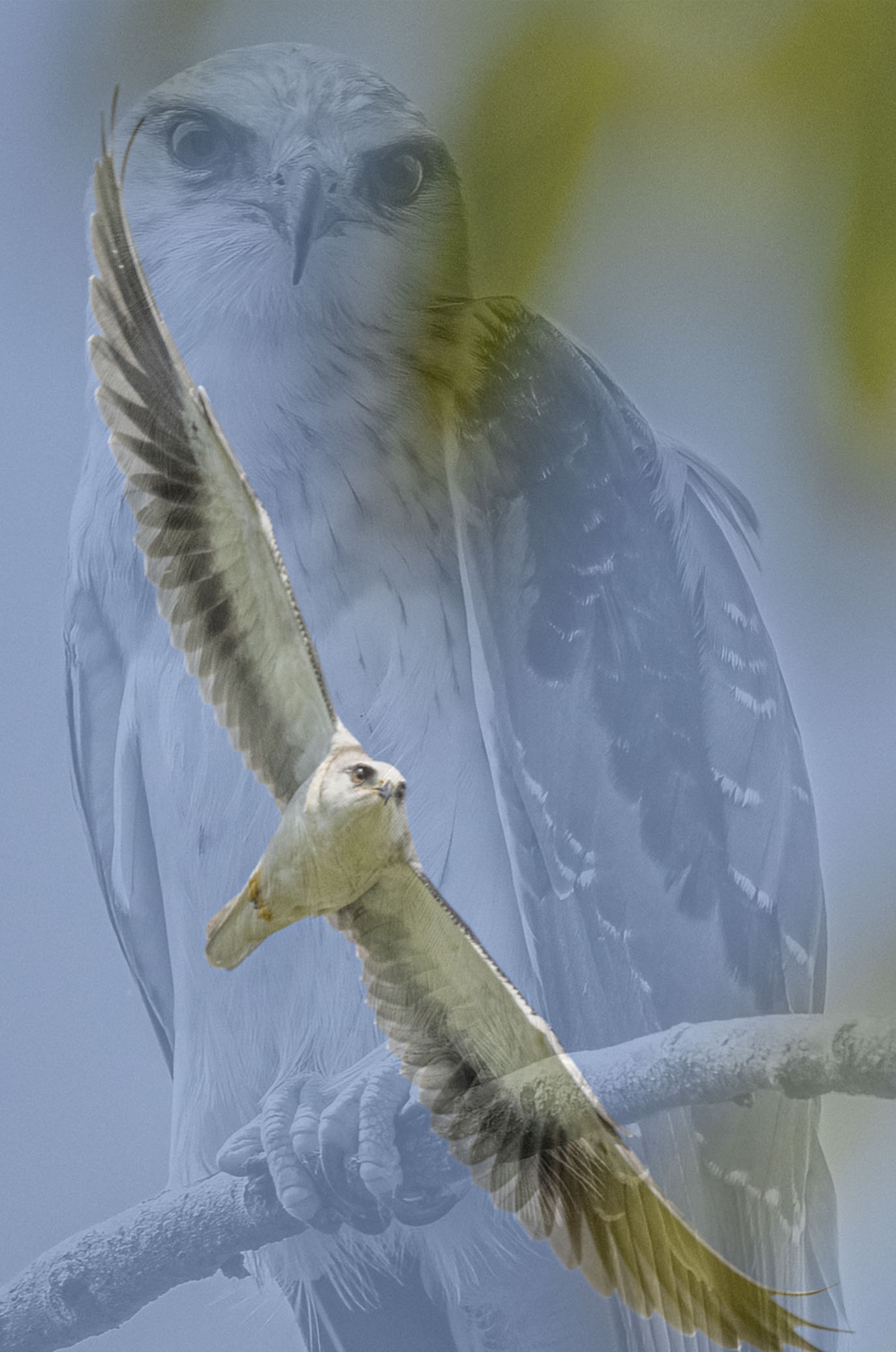
You deserve it Brent! Kudos to ALL!!
You do too!
Congrats to James Herrick for being featured and to the 3 cover images – Peter, Eugene and me! Finally I got one!!! Brent